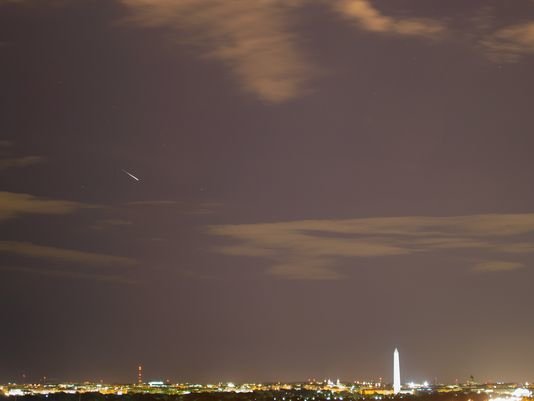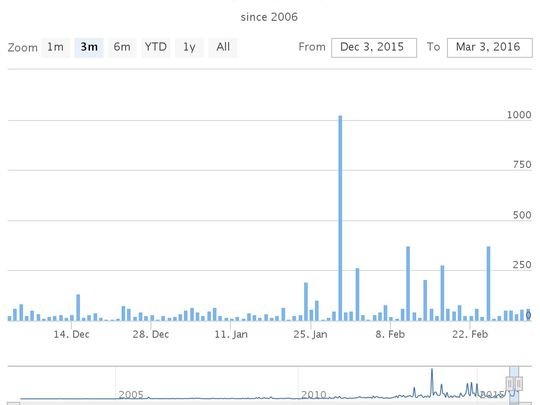
Wednesday night, just before 10 p.m., sky-watchers from Maine to Philadelphia — and more than a few in the Lower Hudson Valley — caught a glimpse of a fireball, a meteor, burning up to dust as it entered the Earth's atmosphere.
The American Meteor Society keeps a map of public meteor sightings and, according to Operations Manager Mike Hankey, about 34 reports were received from across the Northeast, including one from Dobbs Ferry and another from Ardsley.
"It seemed to burn out at a low angle above the horizon," said Andrew Ploski, of Nyack. "My 9-year-old son and I were traveling back home last night after a visit with his grandmother in Yonkers. We were traveling north on the Sprain Brook Parkway near the Ardsley Road overpass. There appeared a large, very bright fireball with trail about the brightness and size of a car headlight. It streaked across my field of vision very quickly from my upper right to lower left — east to west."
Ploski was lucky, according to seasoned sky-watchers. "To see a meteor in Westchester is a little bit unusual," said Larry Faltz, president of Westchester Amateur Astronomers. "You have to be looking up at just the right moment."
Faltz explained that, when you see a fireball in the sky, you are not actually seeing a meteor but the ionization of the Earth's atmosphere as the object heads toward the ground. For that fireball effect to be visible, an object only needs to be as big as a grain of sand.
"It's impossible to say how big it was," Hankey said, though he speculated — considering reports from public sources that described the fireball as "about as bright as the moon" — that it was "a significantly bigger rock," perhaps "as large as a basketball."
Brother Robert Novak, chairman of the Physics Department at Iona College in New Rochelle, said visible meteors are not all that uncommon in the Lower Hudson Valley, but that it tends to be more common when there is a meteor shower like the Perseids in August or the Leonids near Thanksgiving.
"They follow two cycles," he said. "One is a yearly cycle. The other cycle depends on the meteor itself." "Rogue meteors," Novak said, are far more rare and more unpredictable. "From time to time they come into the Earth's atmosphere," he said.
But it's not unheard of. Hankey there was a similar event, recently, also in the Northeast not too long ago. 'We had an event about a month ago in the same region that generated almost 900 reports," he said.
Faltz explained that "A 'meteor' is what we see in the sky. If it hits the ground, which only a few of the larger ones do, it's a 'meteorite.'" Uncommon as they may be, The Lower Hudson Valley has experienced an actual meteor.
"There was a large one that smashed into a car in Peekskill in 1992," Falz said. "The car sold a few years ago for $69,000."




From Global Sink Holes to Volcanic Activity and Earthquakes, To Fiery Methane Spirals to Black Tar Ash Falling from Our Skies,To Globally Heard strange Sounds to Earths Moon Polar Shift, to Multi-Millions of Mammal, Fish, Bee and Bird Deaths Reported
[Link]